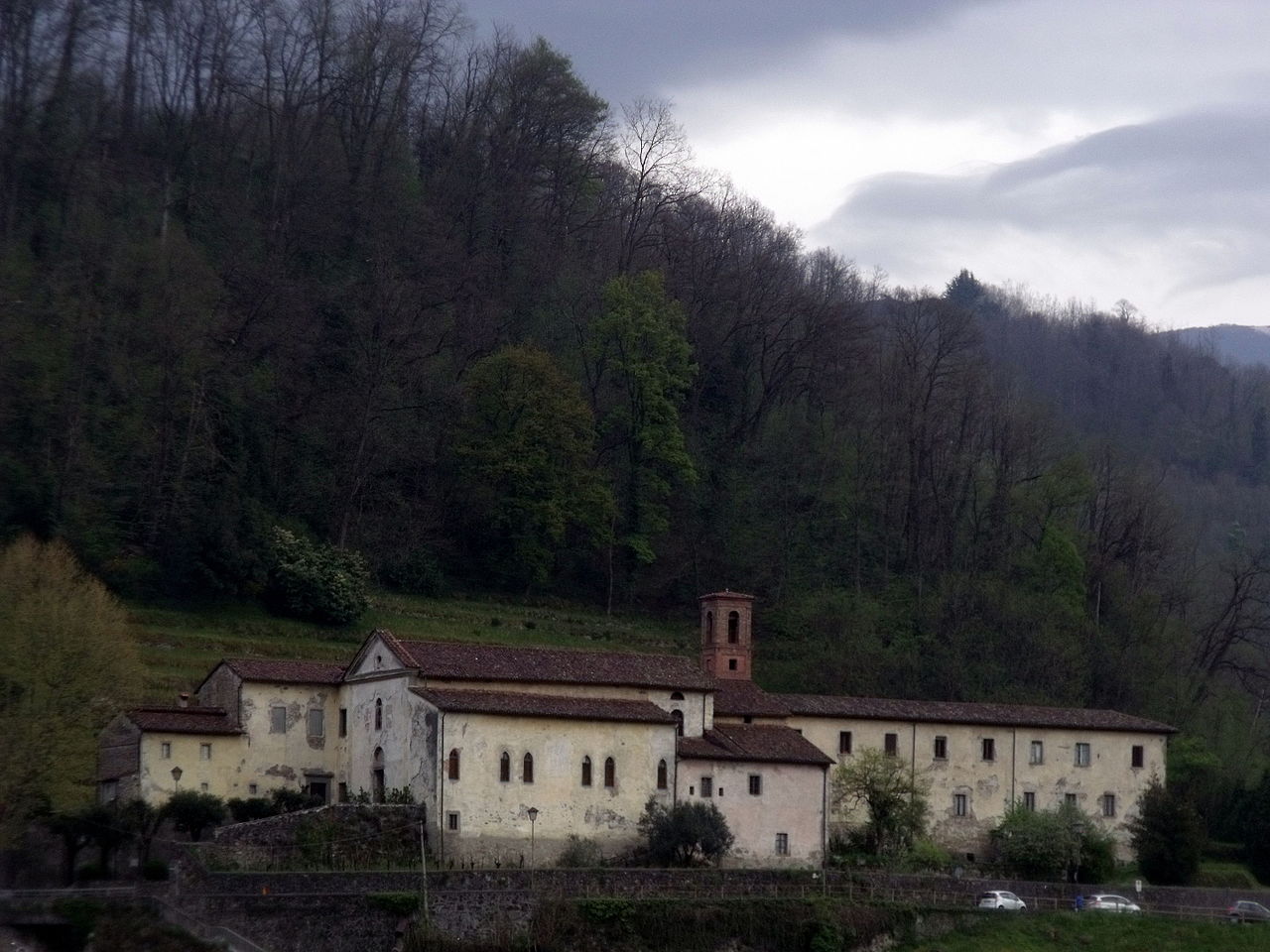Former Cappuccini convent

At the behest of Duke Francesco I d’Este and his father Alfonso III, who became a Capuchin with the name of Father Giambattista, in 1634 the Convent of San Giuseppe was founded, better known as “dei Cappuccini”, which in almost four years was almost completed together with the church.
Of the canvases commissioned to Guido Reni (Marriage of the Virgin), to Guercino (San Francesco who receives the stigmata), to Annibale Carracci (Rest in Egypt), none is more on site.
A few decades later, the facade of the church, which was accessed by a double flight of steps, was plastered and the porch in front of the convent portal demolished. The complex, suppressed and looted during the Cisalpino government, was restored after various events. (Source: Wikipedia)

